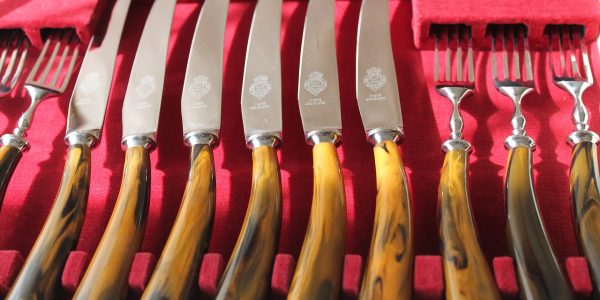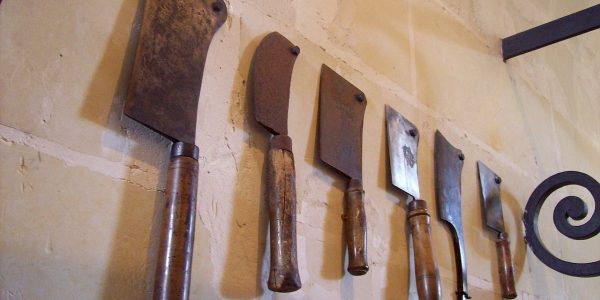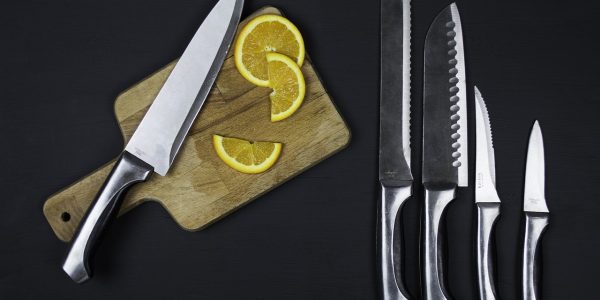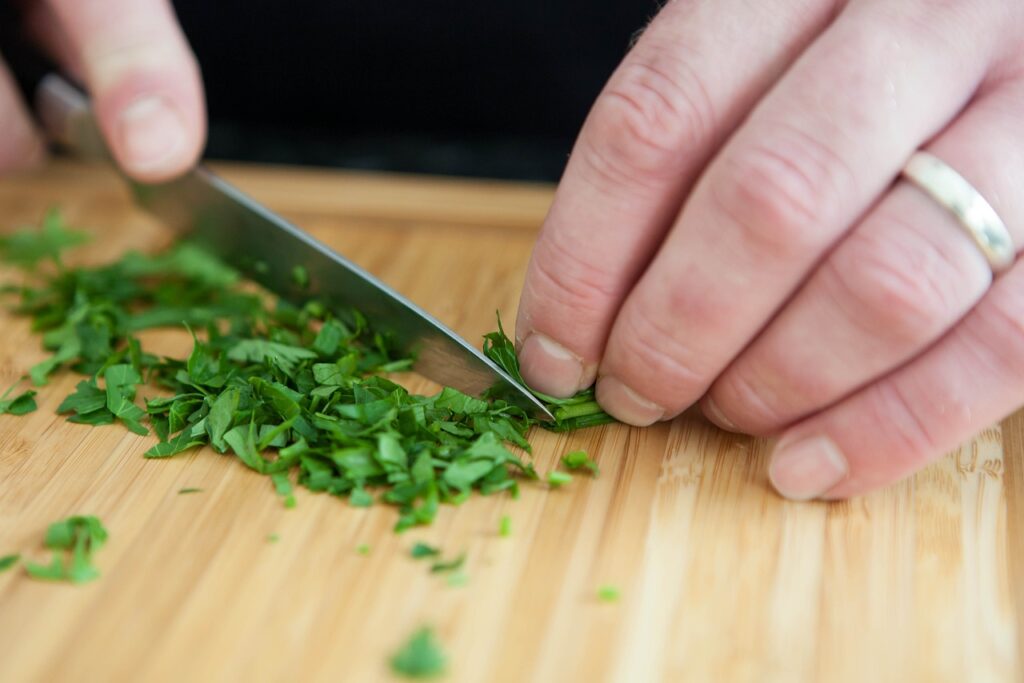A quality kitchen blade is perhaps of the main device in any kitchen.
This guide will assist you with exploring the universe of kitchen blades, from the basics to particular cutting edges, so you can unhesitatingly pick the ideal blade for your cooking needs.
Every kitchen blade has a particular reason, and realizing the distinctions will assist you with pursuing the best decision for each errand. Here is a breakdown of the most well-known kitchen blades and their purposes:
The gourmet expert's blade is the most adaptable and fundamental apparatus in any kitchen. Regularly 8 to 10 inches long, its expansive and tightened edge considers various errands, including hacking, cutting, dicing, and mincing. Find out more information about kjøkkenkniv .
The bended edge makes it ideal for a shaking movement while cutting vegetables and spices. In the event that you just own one blade, a gourmet expert's blade is an unquestionable necessity.
A paring blade is a little blade, normally around 3 to 4 inches long, with a straight, sharp edge. Ideal for undertakings require accuracy, like stripping products of the soil, cutting back excess from meat, or cutting little fixings like garlic.
It's perfect for cutting, dicing, and slashing, especially for fixings like vegetables, fish, and boneless meats. The empty edge configuration frequently found in Santoku blades keeps food from adhering to the edge.



A utility blade is a moderate sized blade (around 5 to 6 inches long) that fills the hole between a paring blade and a cook’s blade. A flexible device for undertakings require more accuracy than a cook’s blade however more control than a paring blade. A boning blade has a tight, adaptable sharp edge that considers exact cutting around bones and joints. It’s great for errands like fileting fish or deboning chicken, where precision is vital. Best Chef’s Knives are available on amazon.
Ceramic

Wood handles are tastefully satisfying and offer a decent grasp. Be that as it may, they require more support to forestall distorting or breaking, particularly whenever presented to dampness. Cutting natural products, vegetables, and boneless meats; try not to cut hard things like bones or frozen food sources. The handle of a kitchen blade influences both solace and control. While picking a blade, it’s essential to test how it feels in your grasp. Here are some normal handle materials: The blades are different for different purposes kokkekniv .
Plastic handles are solid, simple to clean, and low upkeep. They are much of the time utilized in cheaper blades yet may come up short on weight and equilibrium that a few cooks like.
